BDSM in the Shadows of 90s Japan
Enfant terrible of Japanese literature Ryu Murakami dissects the underbelly of corporate hedonism through erotic cinema in ‘Tokyo Decadence.’
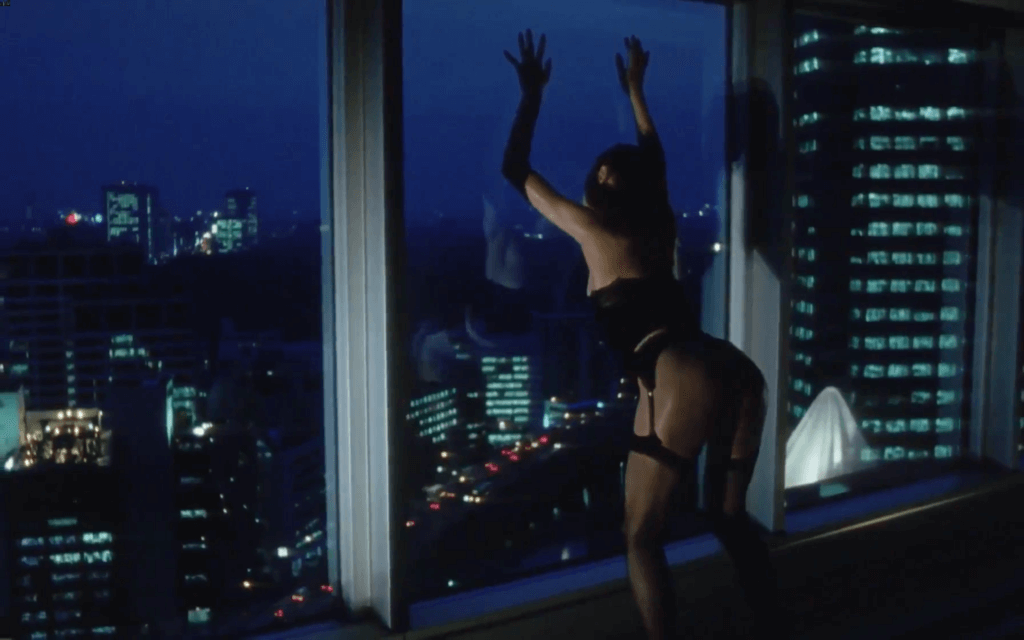
Still from 'Tokyo Decadence', courtesy of Japan Video Distribution.
The immediately disturbing opening of Tokyo Decadence depicts a timid young prostitute, Ai, strapped to a chair. Against her will, her client injects her with heroin, saying ‘someone like you, someone pure and courageous, is the only hope for this rotten country.’
Sadomasochism as witnessed throughout Ryu Murakami’s notorious 1992 erotic film has prompted its immediate ban in several countries. It may be easy to dismiss Tokyo Decadence as voyeuristic nonsense, but its slow-paced beauty in framing Japanese sexuality within the nocturnal cityscapes of Shinjuku, reveals traces of a critical cinematographic tradition.
The Art of Disillusionment
The staging of each transgressive act provides psychological insight into the multi-faceted characters that make up the city by night. As the protagonist helplessly absorbs the violent perversions of wealthy businessmen, her fragile psyche begins to unravel. Meanwhile, so too do the director’s intentions. Aside from cameos by respected creative figures—including artist Yayoi Kusama—the re-appropriation of pornographic tropes echo previous avant-gardes who committed themselves to subverting any cleaned-up images of reality in Japan. Aligning himself within the ‘Pink Film’ genre, Ryu Murakami uses eroticism to explore symptoms of Japanese cultural malaise at its post-bubble moment, ultimately dissecting the truth behind highly repressive social life.
Internationally recognised as the author behind Takahashi Miike’s Audition, Ryu Murakami is notorious for the graphic nature of his novels and maintains familiar themes of violence, drug use, crime, and sexual exploitation in cinema. Acclaimed for championing a new style of literature, his other well-known novels, such as Almost Transparent Blue and Coin Locker Babies, leave residues of an upbringing in hippie culture and, likewise Tokyo Decadence (also known as Topaz), boldly test the moral fibre of Japanese society. Accompanied by Ryuichi Sakamoto’s music, Tokyo Decadence projects a collection of Murakami’s provocative stories into one, cinematographic masterpiece.
Tokyo Decadence (1992), by Ryu Murakami, is available on DVD and in Blu-Ray format.
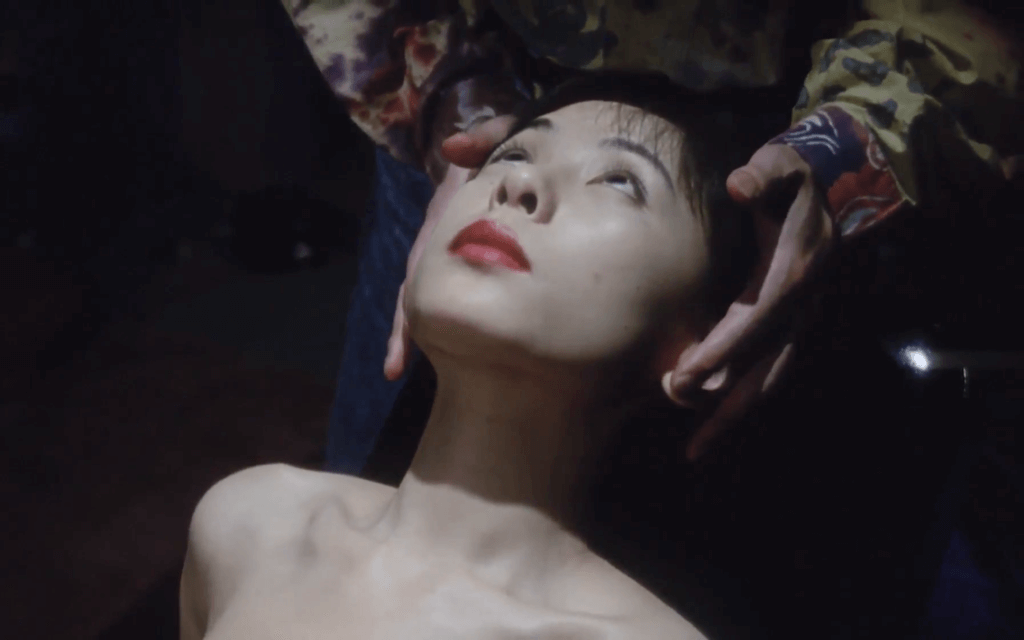
Still from 'Tokyo Decadence', courtesy of Japan Video Distribution.
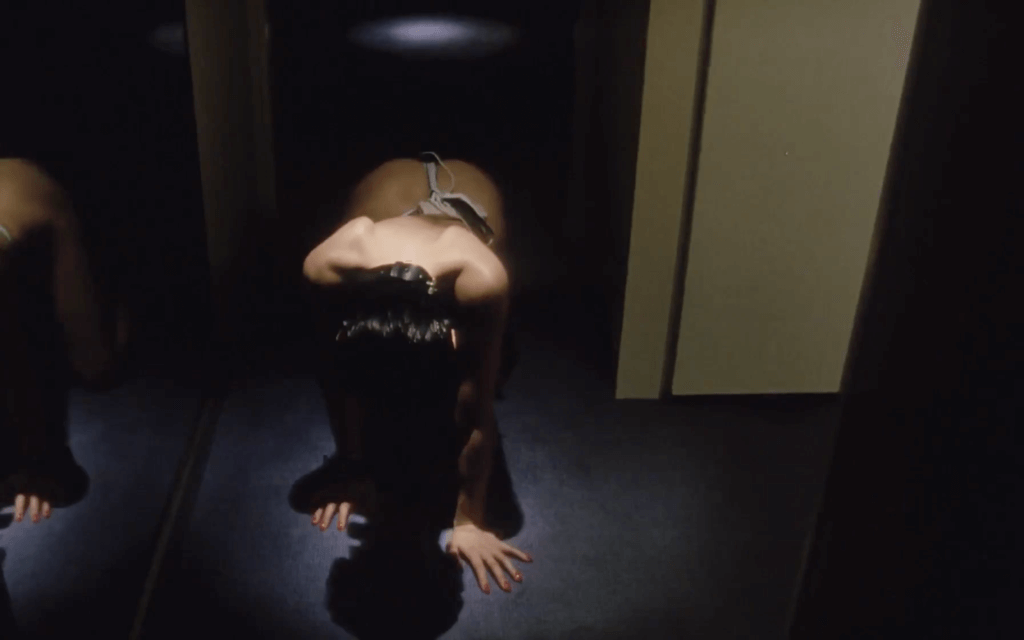
Still from 'Tokyo Decadence', courtesy of Japan Video Distribution.

Still from 'Tokyo Decadence', courtesy of Japan Video Distribution.
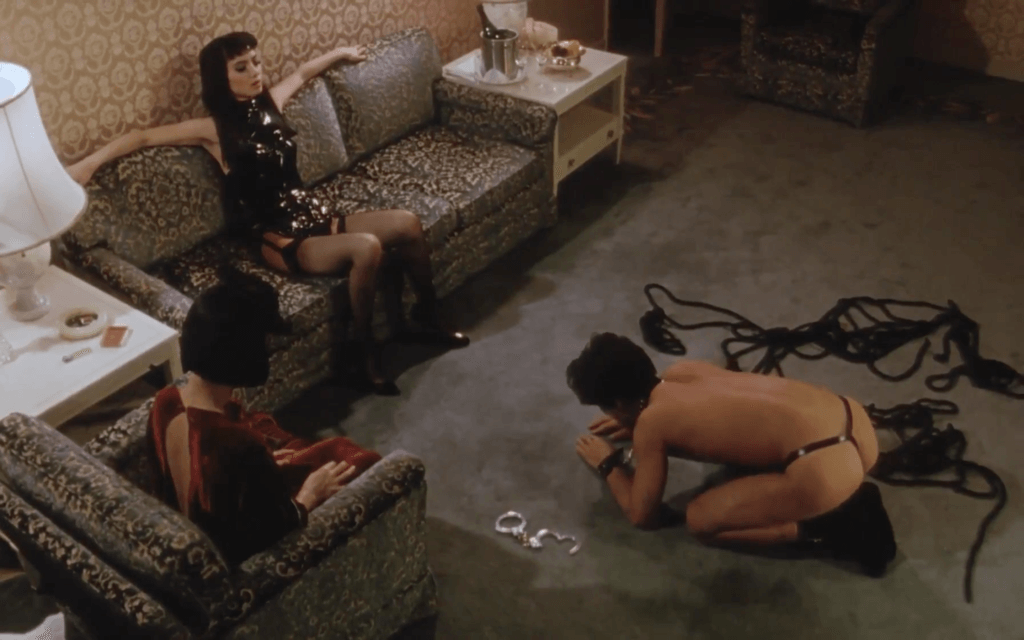
Still from 'Tokyo Decadence', courtesy of Japan Video Distribution.

Still from 'Tokyo Decadence', courtesy of Japan Video Distribution.
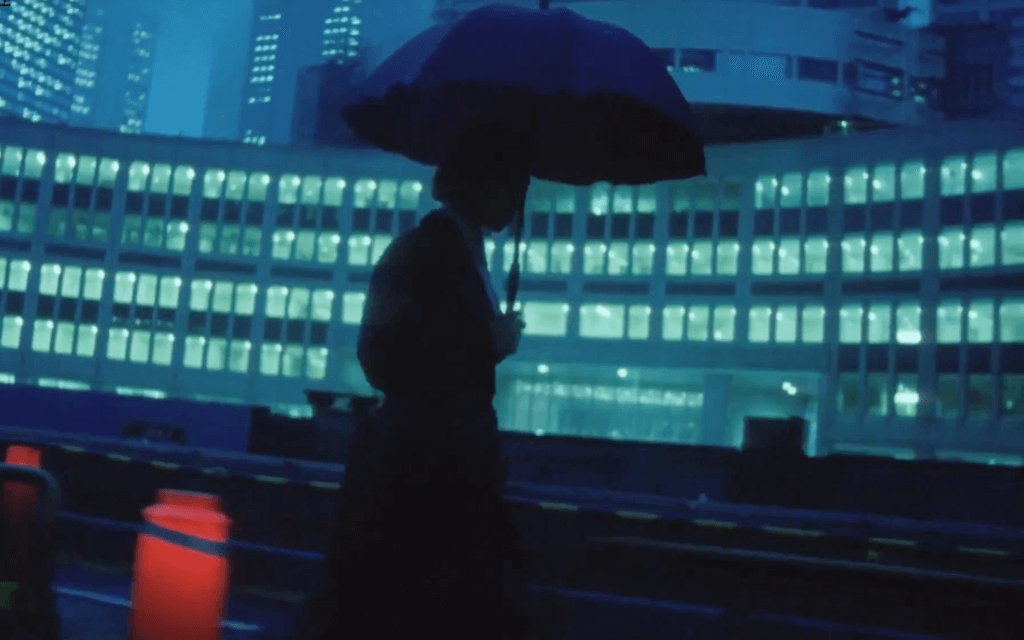
Still from 'Tokyo Decadence', courtesy of Japan Video Distribution.
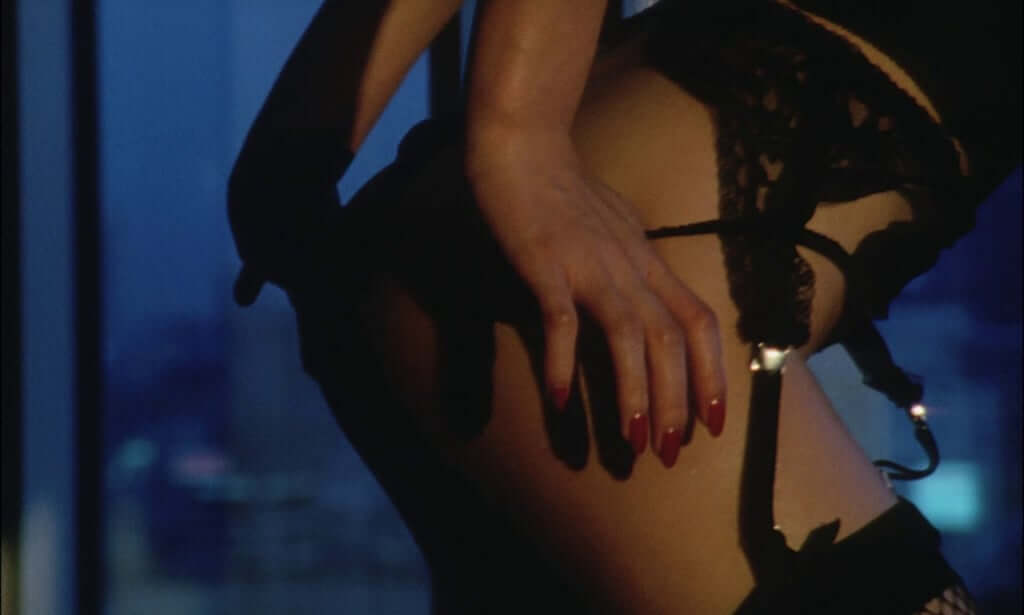
Still from 'Tokyo Decadence', courtesy of Japan Video Distribution.
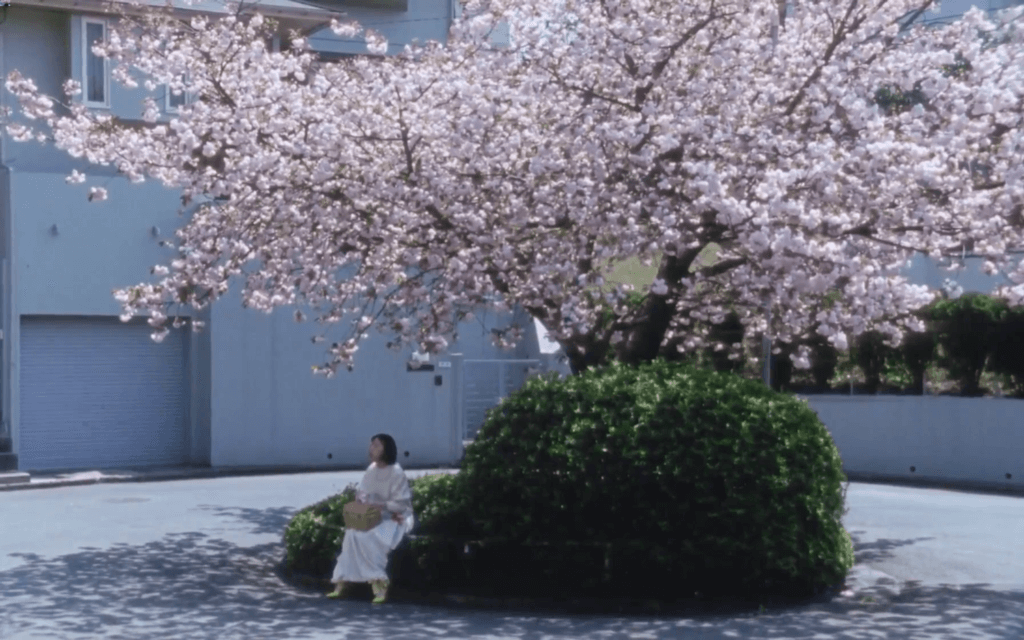
Still from 'Tokyo Decadence', courtesy of Japan Video Distribution.
TRENDING
-
A House from the Taisho Era Reveals Its Secrets
While visiting an abandoned building, Hamish Campbell discovered photographs the owner had taken of the place in the 1920s.

-
The Taboo-Breaking Erotica of Toshio Saeki
The master of the 1970s Japanese avant-garde reimagined his most iconic artworks for a limited box set with silkscreen artist Fumie Taniyama.

-
With Meisa Fujishiro, Tokyo's Nudes Stand Tall
In the series 'Sketches of Tokyo', the photographer revisits the genre by bringing it face to face with the capital's architecture.

-
Masahisa Fukase's Family Portraits
In his series ‘Family’, the photographer compiles surprising photos in which he questions death, the inescapable.

-
Hajime Sorayama's Futuristic Eroticism
The illustrator is the pioneer for a form of hyperrealism that combines sensuality and technology and depicts sexualised robots.





